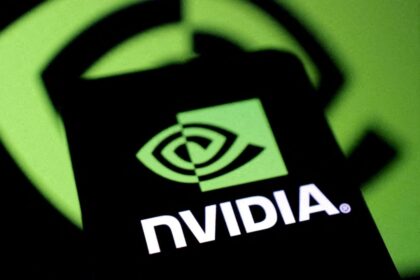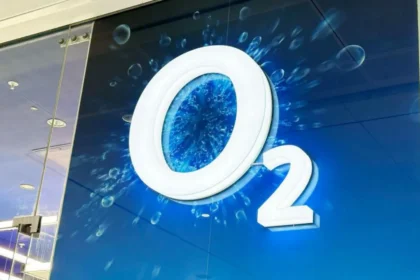At YourDailyAnalysis, we view the latest OPEC+ decision as a calibrated pause rather than a strategic retreat. The alliance agreed to a modest production uptick in December and a freeze through the first quarter of 2026, signaling caution amid rising concerns of oversupply and persistent geopolitical uncertainty. After months of rebuilding output, the bloc is shifting from acceleration to precision control, acting less like a cartel and more like a central banker of the global oil market.
Since April, OPEC+ has added roughly 2.9 million barrels per day to global supply, yet slowed the pace in October as forecasts pointed to a looming glut. Now, December’s increase will amount to only 137,000 barrels per day, followed by a three-month halt led by eight core producers. For markets, this is a message: stability matters more than aggressive expansion. As we emphasize at YourDailyAnalysis, the group is choosing to protect price floors and avoid testing market tolerance in a seasonally weak demand period.
Complicating matters, new sanctions from the United States and United Kingdom on Russian oil majors are clouding supply outlooks. Moscow, facing shrinking room to maneuver, may struggle to ramp up production further, adding pressure to OPEC+’s balancing act. This freeze provides time to gauge sanction impacts and prevent missteps that could send prices sliding back toward recent five-month lows.
The market reaction was measured. Brent crude rebounded from the 60-dollar zone to trade near 65 dollars per barrel, reflecting cautious optimism rather than renewed bullishness. Historically, January through March represent the weakest quarter for oil demand, and any unnecessary supply growth during this window risks building inventories and pressuring prices. In our assessment at YourDailyAnalysis, the pause is not hesitation, but deliberate market discipline designed to reassure investors and trading desks that the price corridor remains intact.
OPEC+ is also managing optics and internal cohesion. While voluntary cuts continue to unwind gradually, broader group-wide limits remain in place through 2026. By allowing only a controlled release of barrels and concentrating decisions among key producers, the alliance signals stability without provoking internal fracture or external backlash.
For industry participants, the guidance is straightforward: volatility risk remains, but structural vulnerability does not. High interest rates, sanction uncertainty, China’s demand path, and geopolitical frictions will shape price action in coming months. Corporate buyers may find value in locking in selective forward hedges, while producers remain incentivized to balance exports and avoid inventory builds.
The OPEC+ playbook is evolving: manage sentiment, not just supply. Incremental output plus strategic patience helps sustain price equilibrium without provoking demand erosion or triggering speculative selloffs. And as we underline at Your Daily Analysis, this cautious choreography reflects a mature market regime, where energy policy and market psychology are intertwined. The stakes extend beyond barrels and budgets: in today’s geopolitical economy, oil is as much a strategic instrument as a commodity, and every production decision echoes far beyond the trading floor.















